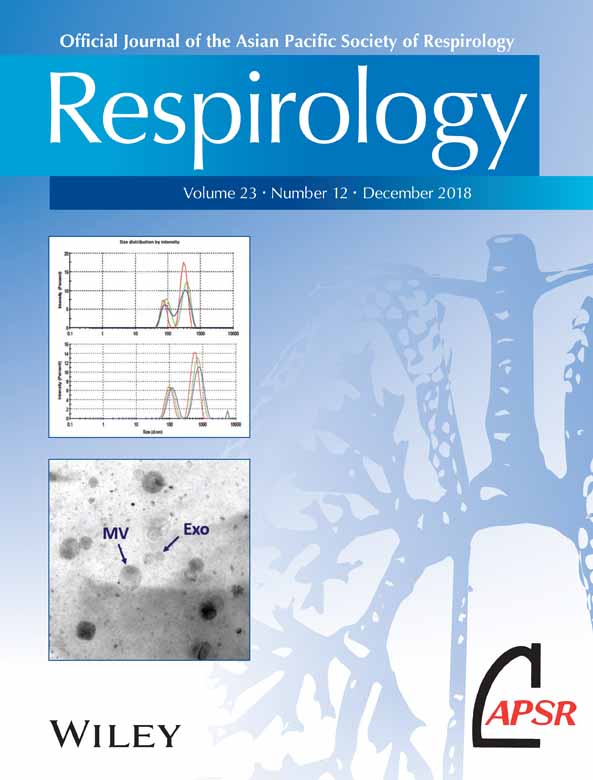Obstructive sleep apnoea and cholesterol: Independence in context
Abstract
Obstructive sleep apnoea (OSA) is associated with increased cardiovascular morbidity and mortality, and a reduction in these risks has been a goal and focus of treating the disease for many years. The most important mechanisms linking OSA with poor cardiovascular outcomes are thought to include oxidative stress,1 sympathetic activation2 and metabolic dysregulation.3 However, treating OSA successfully with continuous positive airway pressure (CPAP) does not appear to fully mitigate cardiovascular risk.4 This observation suggests either that the intermittent hypoxia, sympathetic activation and metabolic dysregulation that occur with OSA are not major contributors to cardiovascular risk in OSA patients, or that the negative effects of these mechanisms are not fully reversed with successful treatment of OSA.
Many of the other conditions that predispose to cardiovascular disease exist co-morbidly in patients with OSA, including obesity, hypertension, diabetes and blood lipid abnormalities.5 Evidence is mounting for a complex and sometimes bidirectional relationship between some of these risk factors and OSA.6, 7 For instance, obesity is a major risk factor for both OSA and cardiovascular disease. There is mounting evidence that development of OSA may exacerbate weight gain but, paradoxically, treatment of OSA with CPAP therapy may also contribute to small levels of weight gain.6 Furthermore, even dramatic weight loss does not always resolve OSA.8 The interactions between these factors are complicated and treatment for patients who suffer from these conditions simply cannot be approached in a unidimensional manner.
In a recent publication in Respirology, Gündüz et al. use a large data set to clarify the relationship between OSA and blood lipids.9 The authors demonstrate an independent association between OSA severity and blood lipid concentrations. The authors performed a cross-sectional analysis of the European Sleep Apnea Database (ESADA), which comprises data collected prospectively from patients being investigated for suspected OSA in Europe and the Middle East. Importantly, patients already diagnosed with hyperlipidaemia or on treatment for such conditions were excluded from the analysis. By measuring sleep apnoea physiology with either polygraphy or polysomnography, the authors were able to explore, in one of the largest cohorts to date, the relationship between OSA disease severity and a number of anthropomorphic, demographic and cardiovascular parameters.
These data describe a complex interplay between body mass index (BMI), OSA and lipid levels that reinforces the current framework of understanding that surrounds the interaction between OSA and cardiovascular morbidity.
First, there was an independent association between OSA severity (as measured primarily by apnoea–hypopnoea index (AHI) and oxygen desaturation index (ODI)) and higher total cholesterol (TC), low-density lipoprotein (LDL) and triglyceride (TG) levels and lower high-density lipoprotein (HDL) levels. For TC, the relationship was stronger for the ODI compared with the AHI, which the authors speculate as lending weight to the idea that intermittent hypoxia may be a driver of elevated lipid levels. Importantly, the reported link between OSA severity and TC levels offers another mechanism by which OSA may impart cardiovascular risk. However, it is important to note that the strength of this association was relatively small in comparison to other factors, most notably the geographical region, with Northern Europeans recording significantly higher blood lipid levels (see Fig. S1 of Gündüz et al.9). Thus, while it seems that OSA is associated with worse blood lipids, other factors are likely to have more influence (diet, genetics and environment as suggested by these data) and potentially stronger therapeutic potential.
Second, participants with morbid obesity were found to have lower blood lipid levels than those with a BMI in the obese range. This is counter-intuitive in light of the relationship that the authors report between OSA severity and lipids. Patients with morbid obesity typically have worse OSA and, therefore, one would expect (if the OSA/lipid relationship predominated) worse lipids. The authors hypothesize that the worse intermittent hypoxia subsequent to worse OSA in the morbidly obese population may have a protective effect, but this is the same mechanism the authors invoke to explain the relationship between OSA severity and TC levels. Further investigation is warranted in order to tease these apparently conflicting ideas apart. We see three alternative explanations that may account for the more favourable lipid profiles in the morbidly obese population. First, OSA is simply a ‘bit part’ player for dyslipidaemia and the morbidly obese patients are instituting other treatment strategies to improve lipid profiles such as diet modification. Second, the ‘survivor effect’ may explain why the morbidly obese have lower lipid levels, perhaps those morbidly obese patients with unfavourable lipids have a higher and earlier mortality. Third, by excluding patients already on lipid-lowering medications or with physician-diagnosed lipid abnormalities, the authors may be selecting for a subpopulation of morbidly obese patients with lower lipid profiles. Certainly, these exclusion criteria could explain the unexpected negative association between lipid levels and cardiovascular parameters in this data set.
In conclusion, the authors have demonstrated an important relationship between OSA severity and unfavourable lipid profiles. The relationship, however, appears less influential than other factors such as genetics and environment. Furthermore, the relationship between OSA severity and lipid levels appears to be offset in those with a higher BMI. These data add further weight to the argument that although OSA is associated with cardiovascular morbidity, it may be that other factors (often present co-morbidly) can have a greater effect on cardiovascular health. This should serve to remind us all to view our OSA patients in the context of the multiple dimensions of their cardiovascular health, not just their AHI.
Acknowledgement
S.A.J. is funded by an NHMRC Early Career Fellowship (ID1139745).




